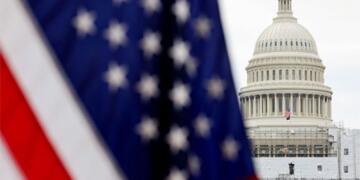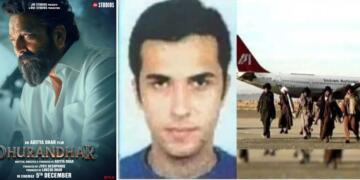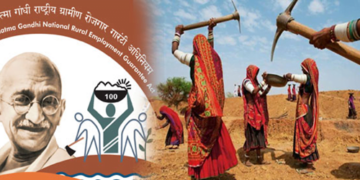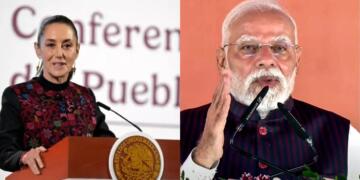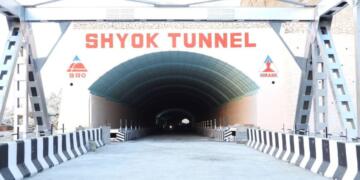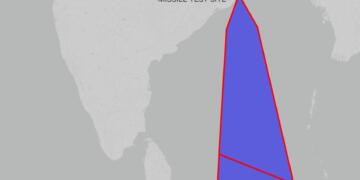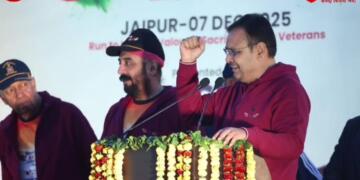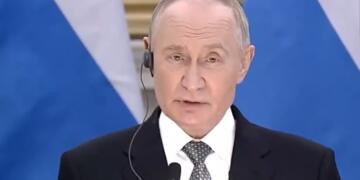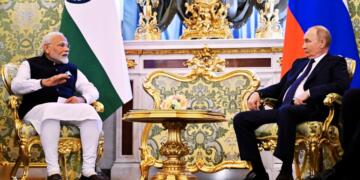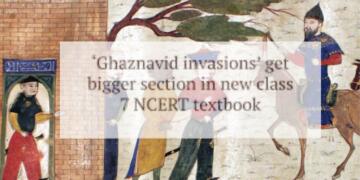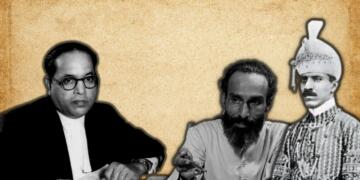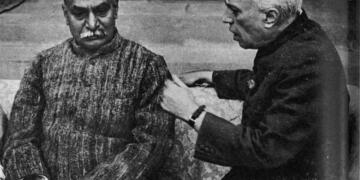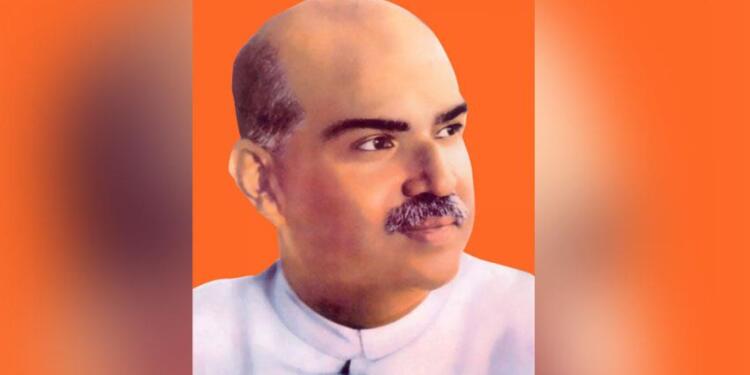On this day, decades ago, a man laid down his life in the valleys of Kashmir, not in war, not in power struggles, but in protest against the division of India within its own borders. Dr. Shyama Prasad Mukherjee, the founder of Bharatiya Jana Sangh and one of India’s sharpest nationalist thinkers, died under mysterious circumstances in a Srinagar jail in 1953. His only ‘crime’? Entering Jammu & Kashmir without a permit, challenging a system that allowed “one nation, two constitutions, two flags, and two heads of state.”
Today, as the national flag unfurls with pride over Lal Chowk in Srinagar, once symbolic of separatist resistance, it is not just a gesture of sovereignty. It stands as a living tribute to the vision and sacrifice of a man whose beliefs are now taking the shape of policy under Prime Minister Narendra Modi.
A Life for National Integrity
Dr. Mukherjee was more than a politician. A scholar, a statesman, and India’s first Minister of Industry, he represented a voice of reason during a time when India was grappling with Partition, reorganization, and regional politics. He vehemently opposed Article 370, the constitutional provision that granted special status to Jammu & Kashmir, because he saw it as a threat to India’s long-term unity.
His final journey to J&K in 1953 was an act of civil disobedience, protesting the need for permits for Indian citizens to enter their own country. Arrested on arrival, he died soon after in custody. While the circumstances of his death remain shrouded in suspicion, its impact was anything but uncertain. It sowed the seeds of a political and ideological movement, one that has grown into the world’s largest political party today, the Bharatiya Janata Party (BJP).
Modi’s Policies: A Continuation of a Vision
Prime Minister Modi has repeatedly emphasized his government’s commitment to fulfilling ‘Dr. Mukherjee’s unfinished mission.’ This commitment is not just rhetorical. It is reflected in transformative, legislative and administrative steps aimed at creating a truly integrated India.
Article 370 Abrogation: A Historical Turning Point
On August 5, 2019, the Government of India revoked Article 370. Jammu & Kashmir was reorganized into two Union Territories, and the Indian Constitution was fully applied to the region. This wasn’t just legal reform, it was the fulfillment of a national aspiration dating back seven decades, and an ideological closure to the sacrifice made by Dr. Mukherjee.
Economic Unity Through GST
The implementation of the Goods and Services Tax (GST) in 2017 achieved another form of unification- economic. By replacing a complex web of state taxes with a single national tax system, GST laid the foundation for an economically integrated India. It aligned directly with Dr. Mukherjee’s call for ‘One Nation, One Law.’
One Nation, One Ration Card
Another powerful tool of national integration is the ‘One Nation, One Ration Card’ scheme. It enables migrant workers and their families to access subsidized food from anywhere in India, eliminating regional, linguistic, or political barriers. It’s not just a welfare measure; it is the embodiment of equal citizenship.
Pushing for One Nation, One Election
Frequent elections have long been seen as disruptive to governance and costly to the exchequer. The Modi government has initiated discussions around simultaneous elections- a reform that could potentially lead to greater policy coherence and national political unity. It reflects the spirit of political continuity and shared democratic cycles, resonating with Mukherjee’s larger vision of ‘national sameness.’
Digital Identity and Access for All
The Digital India initiative from Aadhaar to UPI to DigiLocker ensures that every Indian, from Kashmir to Kanyakumari, can access the same services, rights, and documentation digitally. Dr. Mukherjee might not have imagined a digital future, but the philosophical foundation of an equal and connected citizenry mirrors his ideology of inclusion and unity.
A Living Legacy
Today, when India speaks of a New Education Policy, of rebuilding the Ram Mandir, of expanding infrastructure in Jammu & Kashmir, these are not isolated policy moves. They echo a long-standing ideological commitment that Dr. Mukherjee once gave his life for.
The unfurling of the tricolor at Srinagar’s Lal Chowk is more than a symbolic reclaiming of space. It’s a profound statement that India stands whole and indivisible, governed by one Constitution, and powered by one democratic will.
In the words that Dr. Mukherjee once made famous through his protest: ‘Ek desh mein do vidhan, do pradhan, aur do nishan nahi chalenge’ that belief, once seen as idealistic, is today the policy of the land.
And in this journey from ideal to implementation, Prime Minister Modi’s leadership has ensured that the sacrifice made on this day is not only remembered but realized.


